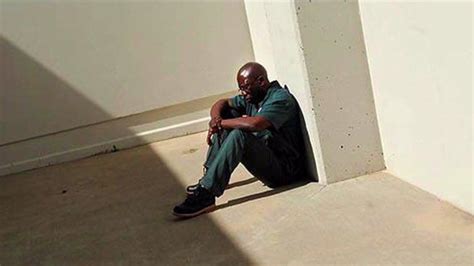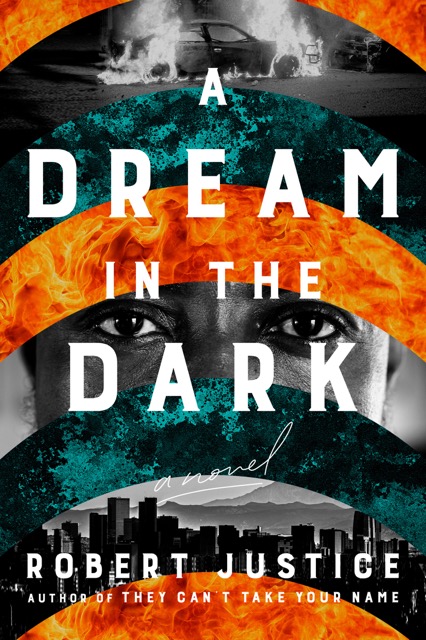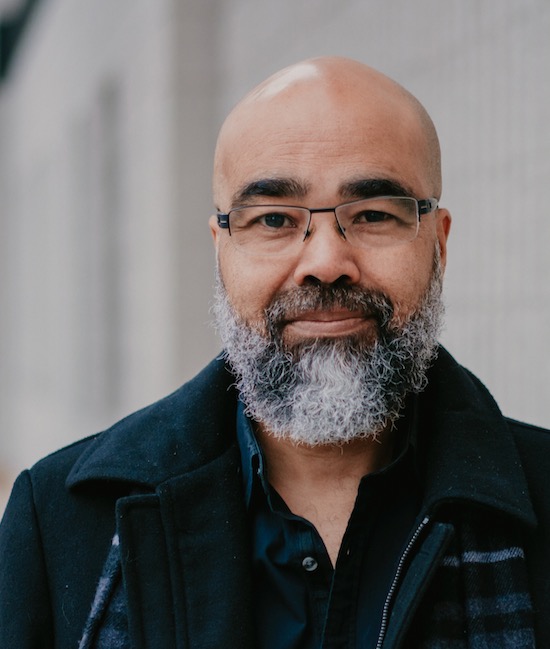Moses is Real
 In A DREAM IN THE DARK my character Moses King was convicted on a dream.
In A DREAM IN THE DARK my character Moses King was convicted on a dream.
Moses King was inspired by the real-life wrongful conviction of Clarence Moses-El, who, in 1987, was arrested and subsequently convicted on the basis of a dream. The victim was attacked when she returned home after an evening out at a bar with some friends. She suffered broken facial bones and lost sight in one eye. Initially, she told police it was too dark to identify her attacker, then named three men from the bar as possibilities that the police never investigated. A full day and a half later, she told the police that the identity of her attacker came to her in a dream and that it was her neighbor, Clarence Moses-El.
At trial, Clarence was convicted because of the dream-influenced testimony of the victim, and the jury sentenced him to forty-eight years, even though his blood did not match a blood sample from the scene.
An assault kit was collected but never tested, and in the 1990s, an innocence project took the case and gained a court order to test the evidence. Yes, like Moses, Clarence did indeed raise $1,000 from fellow inmates for the DNA testing. However, even though the kit was labeled Do not destroy, the police had thrown it away. Clarence remained in jail.
In 2013, Clarence received a letter from LC Jackson, one of the three men originally named by the victim. The letter began, Let’s start by bringing what was done in the dark to light . . . I have a lot on my heart. Jackson was in prison for assaulting a mother and daughter less than two miles away and said that while he had in fact beaten the victim, the sex was consensual.
 Even with a confession from the real perpetrator, the DA declined to retry the case. The innocence project moved for retrial, and the judge vacated all prior convictions and granted a new trial. After twenty-eight years, they released Moses on $50,000 bail. The same day, the DA set a date for a new trial.
Even with a confession from the real perpetrator, the DA declined to retry the case. The innocence project moved for retrial, and the judge vacated all prior convictions and granted a new trial. After twenty-eight years, they released Moses on $50,000 bail. The same day, the DA set a date for a new trial.
In 2016 Mr. Moses-El was acquitted of all charges and the Colorado legislature passed the first compensation bill to address the financial losses of the wrongfully convicted, including Clarence Moses-El, who was sixty-two when ultimately freed.
While maintaining the essence of Mr. Moses-El’s account, I did fictionalize significant portions of the narrative for the sake of the story. For example, they did not move Clarence to Huntsville, the death penalty capital of the United States, nor was he released on an Alford plea.
The nameless victim in this saga, represented by Claudette Cooper, is also real. My hope and prayer is that she has found peace and security, wherever she may be.



